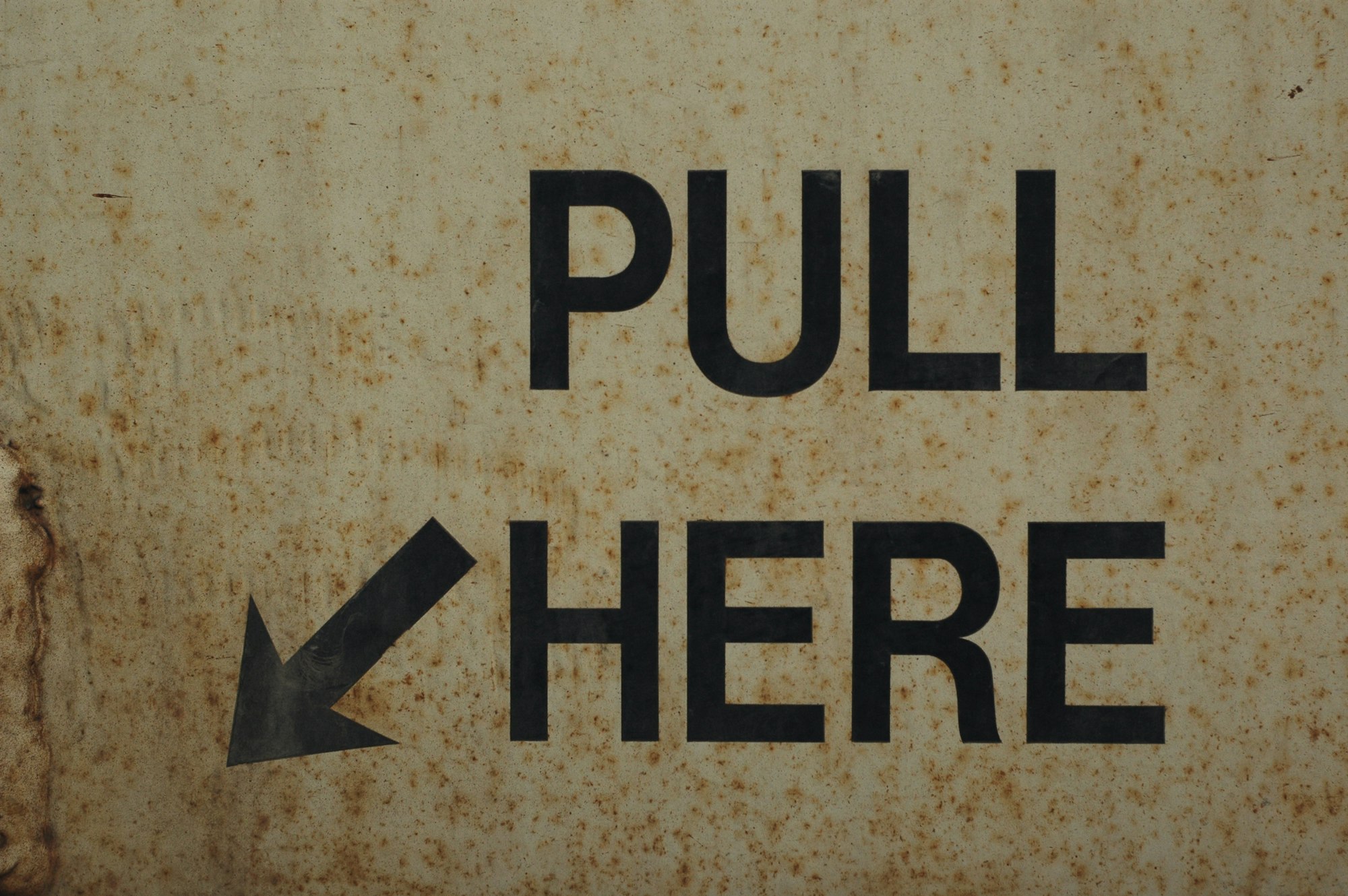3 ways to make better pull request descriptions
A pull request, aka merge request, is crucial in the git workflow when working on a team. If your project has CI/CD setup, it is usually the piece that needs to be merged to trigger code to production. This post outlines three ways to make your pull request descriptions better.

A pull request, aka merge request, is crucial in the git workflow when working on a team. If your project has CI/CD setup, it is usually the piece that needs to be merged to trigger code to production. This post outlines three ways to make your pull request descriptions better.
1. What and Why
Make sure you are clear about what your code does and why it’s essential. Explain what it does and include whatever is necessary to show what it does. GitHub allows images and gifs in the pull request description, so if those would help illustrate you’re point, then do it. Including a why lets the code reviewer know the purpose of the pull request.
How does What and Why differentiate
The what and why of a pull request might seem similar, but they are quite different. The what of the pull request explains what the code does, and the why defines the pull request's impact.
Example
I want to submit a PR that updates ESLint.
## What
This PR adds a new ESLint rule to adjust the import order
## Why
It makes the code easier to read and easier to follow by organizing imports in a predictable way. It also groups imports by siblings and parents.
In the example above, the what says what the code does and the why explains how the pull request is necessary.
2. Write how to determine if this PR is good to merge
Mention how the reviewer is supposed to test the pull request works in the description. Explicitly stating how the code reviewer is supposed to evaluate the code will make it easier for them.
Example
Building on the above example:
## What
This PR adds a new ESLint rule to adjust the import order
## Why
It makes the code easier to read and easier to follow by organizing imports in a predictable way. It also groups imports by siblings and parents.
## How to test
1. Open a JavaScript file
2. Change the import order
3. Save file and see how it changed
The above example is a great start, but a way to take it up a level would be to actually give before code and after code in the description like this.
## What
This PR adds a new ESLint rule to adjust the import order
## Why
It makes the code easier to read and easier to follow by organizing imports in a predictable way. It also groups imports by siblings and parents.
## How to test
1. Open a JavaScript file
2. Change the import order
3. Save file and see how it changed
Code before ESLint rule on SomeComponent/index.js
```javascript
import { useParams } from 'react-router-dom';
import PropTypes from 'prop-types';
import {
PATH,
PATH_HOME
} from '../../../../constants/paths';
import { redirect } from '../../util/redirect';
import React, { useEffect } from 'react';
Code after ESLint rule on SomeComponent/index.js
```javascript
import { useParams } from 'react-router-dom';
import React, { useEffect } from 'react';
import PropTypes from 'prop-types';
import { redirect } from '../../util/redirect';
import {
PATH,
PATH_HOME
} from '../../../../constants/paths';
```3. Create a template
If you have a structure to your pull request, you should create a template. A template gives pull requests structure since it guides the author on what they should include. It also ensures that all the necessary pieces to the pull request are there.
A sample template might look like this:
## What
Describe what this PR does
## Why
Describe the impact that this PR makes
## How to test
Describe how to test that this PR does what it says it does
## Checklist
- [ ] Ran all tests locally
- [ ] There are no credentials stored in the code
- [ ] Has this been signed off by PM or designers or any other stakeholders?
Here are links to making a pull or merge request template on GitHub, GitLab, and BitBucket. I found these by googling “How to make pull request template on {platform}” so if your platform isn’t here, then you can probably find it using the exact search.
- How to make a pull request template on GitHub
- How to make a merge request template on GitLab
- How to make a pull request template on BitBucket
If you have any comments about this post, then make sure to let me know on Twitter, @maeganwilson_ and follow me there.
Enjoyed the post? Awesome, then please share it using the link below with everyone you know and consider becoming a member to get my posts directly to your email.

